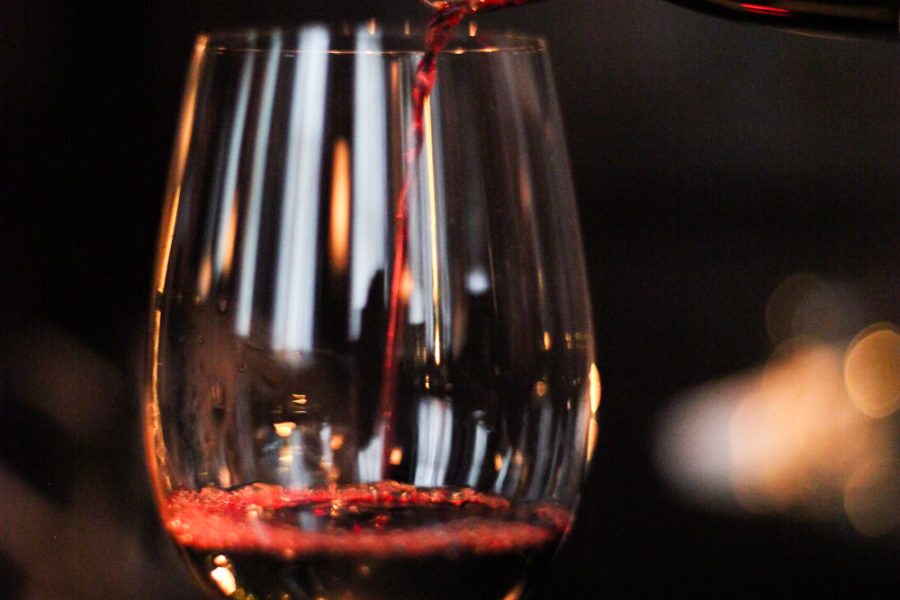
If you’re like many of us, we bring home a wide variety of wines to cover all bases, including those from the wine country we all know and love so well, the Napa and Sonoma Valleys of California. However, with the recent wind-blown wildfires that consumed both of these counties, our concern first turns to the human toll and the property destruction, and then, much later, the economic impact that this devastation will have on the choices we may make. Let’s take a closer look at what affect these fires could have on the wine industry, and thus pricing expectations on store shelves now.
What we know is that approximately 3,500 homes and businesses in Northern California, including the wine country, were ravaged by these fires that began on October 8th. Sadly, many people lost their lives in this catastrophic event, which is the most devastating of any loss we could ever imagine. (The loss of vineyards and buildings pales in comparison.) That said, some 8,400 structures were destroyed or partially burned, and over 220,000 acres were scorched. Specific to wine country, some 27 or so wineries were also impacted to some degree, including Gundlach-Bundschu, Domaine Carneros, Stags Leap Vineyards and Frey Vineyards. The Signorello Estate winery, which planted vines in 1980 and only produces 6,000 cases of wine per year, also felt the fire’s affects. So, how does this impact pricing, and can we expect to pay more for California wines during our shopping spree this season? The answer lies in what specific way these wildfires affected the current crop and the immediate future crops moving forward.
The Napa Valley wine industry represents approximately $50 billion in revenue—pretty significant. And, there are almost 2,000 licensed wineries and cellars in Napa and Sonoma alone. Now that’s very significant, particularly when you compare this with the 27 plus wineries impacted by the wildfires. What about the 220,000 acres that were scorched, you ask? More interestingly, a very high percentage of vineyards never burned. Why? Because the vineyards are in open spaces, mostly away from oak forests and buildings. These vineyards actually form a natural firebreak from which firefighters can contain the blaze. Moreover, the moisture that was present in the vines and soil also provided some relief for trunks, stems and leaves from igniting and burning.
Another challenge includes “smoke taint”, where grapes absorb some of the smoke from the fire. All true; however, due to the hotter and drier than average weather over the summer months, 85 to 90 percent of the harvest had already taken place. These grapes were also taken off the premises and stored, effectively mitigating any significant loss of production during 2017.
So, the real and sobering impact was the devastating loss of lives during this period, known to be the deadliest in California history, and although some tasting rooms and outcrop buildings were burned and decimated, not many vineyards were affected for the reasons stated above. There will be many great choices in wine stores while we shop—no worries about that. Although the pricing of higher end wines might see an uptick, this is minor compared to what could have been. Among all of the horror and inexplicable devastation that took place during the wildfires of 2017, Mother Nature could have reared her ugly head further by wreaking more havoc than was done. Rather, in the end, she found a way of doing her job so that we might continue to enjoy these delightful libations at a price point that is reasonable.

